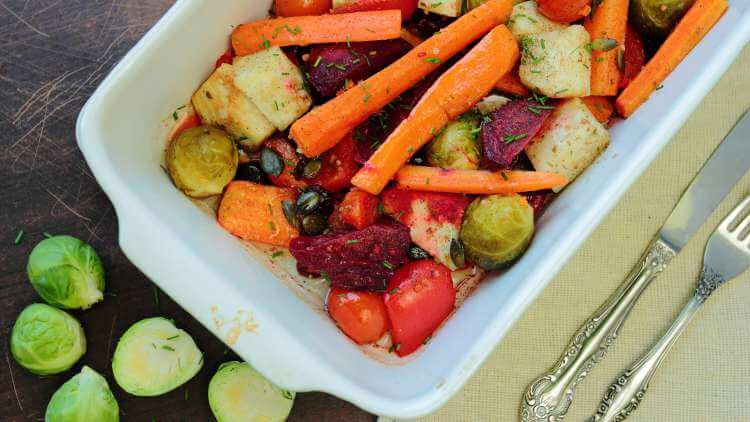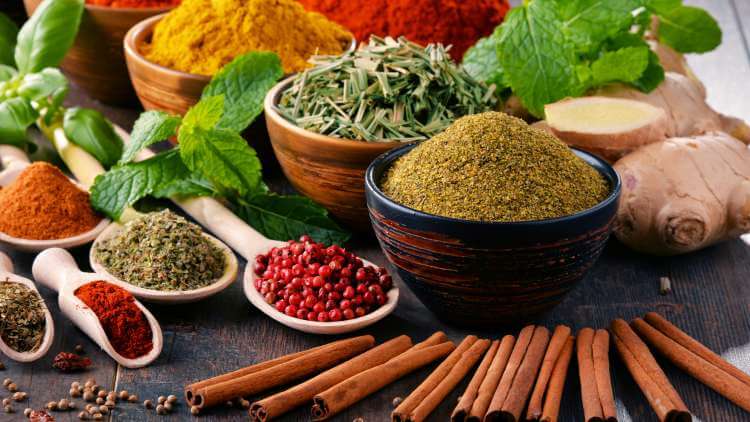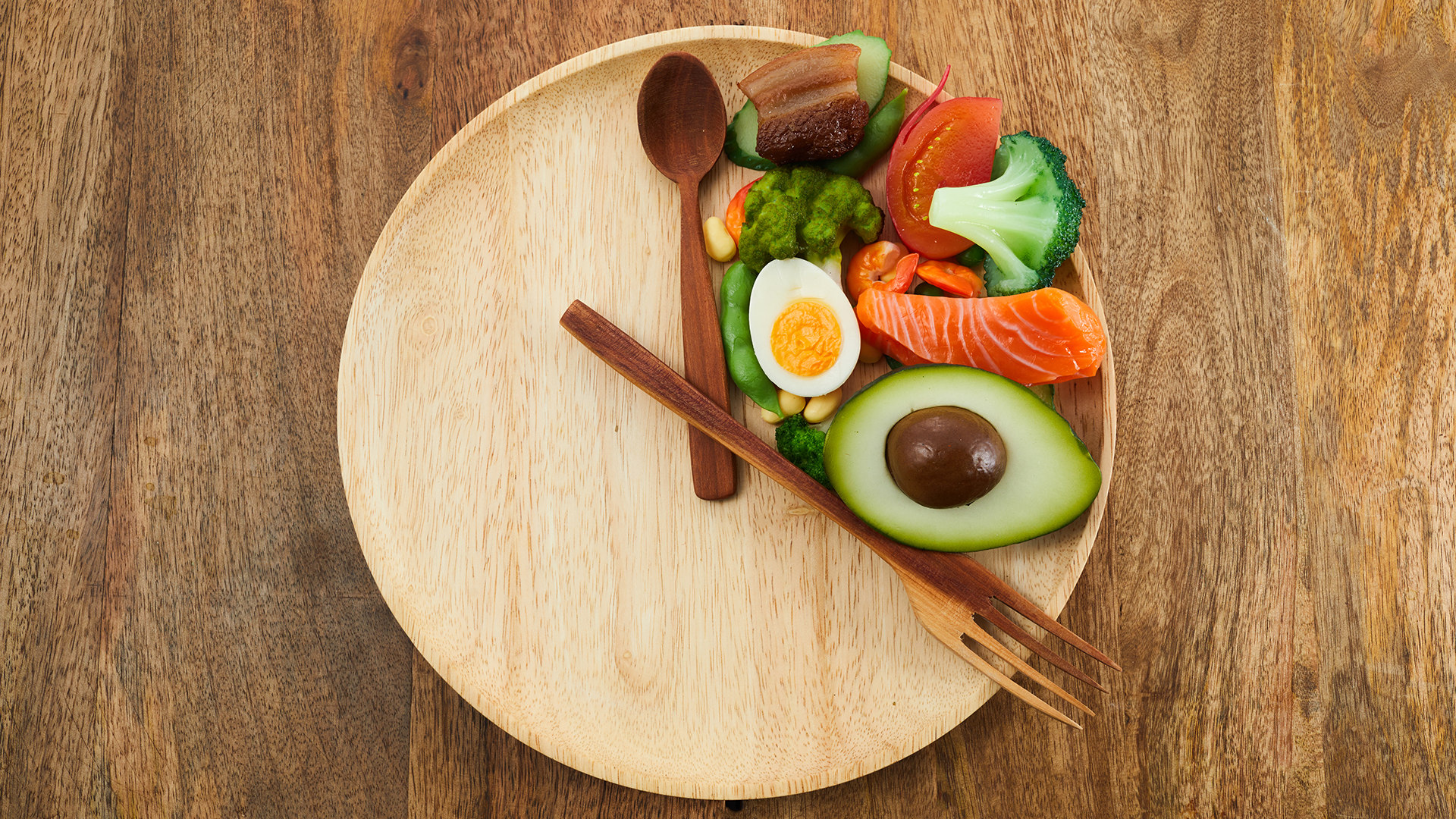Eating healthy food is one of the best things you can do for your body. Vegetables, fruit, and lean proteins all fuel your body with essential nutrients and help it to function at its very best. But they don’t have the best reputation when it comes to taste and flavor.
Healthy food is often associated with being bland and boring, which doesn’t exactly get people excited about eating it. But if you know how to prepare it, health foods can be packed with flavor and become a real treat for the taste buds. In this article, we look at some practical ways to make healthy foods taste better – and make eating them anything but a chore.
1. Think of flavors like a compass
There are generally four tastes that we experience on a regular basis: sweet, salty, sour, and spicy. By balancing flavors that contrast each other you can create really interesting and tasty meals that are also super-healthy. Sweet and spicy make great opposing partners, as is the case with mango chutney and a healthy curry.
Salty and sour (think salt and vinegar) is another combination that marries two distinct but complimentary flavors. By playing around with different blends, you can add variety and excitement to healthy meals so that you look forward to eating them each week.
2. Roast your veggies

When most people think of healthy vegetables, they think of raw or steamed options. Carrot, cucumber, celery, and broccoli most likely spring to mind. But these can quickly become bland or boring over time, despite their excellent health credentials.
So why not mix it up by roasting your veggies instead? Roasting adds a unique smokey flavor to your nutritious vegetables and is hassle-free too – just pop them in an oven for 30-60 minutes. Then enjoy them as a side dish, on top of a leafy salad, or blended into a chunky soup.
3. Experiment with spices
If you don’t use spices in your cooking, then you’re missing a trick. Spices are an easy way to transform a meal by adding new and exotic flavors. Because they’re concentrated, a small amount goes a long way which makes them a cost-effective option for healthy cooking. Adding spices also means that you can use less of other more calorie-laden ingredients like butter and cream.
Cumin is a perfect partner for meat-based dishes and can add extra flavor to grilled dishes or meaty sauces like bolognese. Cinnamon makes an excellent alternative to sugar and can be a fantastic way to make oatmeal or desserts tastier without adding unnecessary calories.
4. Pay attention to presentation
You eat with your eyes as the old saying goes, so the presentation can transform how you perceive your food. Making the extra effort to make a meal look appealing will influence how you expect it to taste. There are lots of ways to improve the presentation of your food which can then make you enjoy the meal even more.
Layering your salads or arranging ingredients in rows can make them neater and more aesthetically pleasing. Using a white plate can provide a plain background that makes the colors of the food stand out. You can also pay attention to how restaurants and cafes present their food and then try their approaches at home.
5. Swap cream for cauliflower
Cauliflower is an increasingly popular ingredient in healthy meals. It’s used instead of flour in pizza bases or as a more nutritious alternative to white rice. But did you know that it can make a delicious creamy sauce too? Instead of using milk, butter, or cream in your meals, try blending up some steamed cauliflower. It’s perfect in risottos or poured over other veggies like spinach and broccoli. Plus, you benefit from extra vitamins and fiber in your meal as well as another of your 5-a-day.
6. Add citrus
Have you ever noticed how restaurants garnish foods with lemon and lime slices? These small details add an extra layer of flavor when you squeeze them over the top of other dishes, especially salads and fish. Citrus is acidic and can react with other foods to create more vibrant and interesting flavors. Lemon and lime are also strong flavors in themselves so they can help to liven up potentially bland dishes.
7. Garnish dishes with fresh herbs
Garnishing dishes with fresh herbs can transform their presentation and flavor. Adding parsley, basil, or coriander can add extra depth and enhance the flavors of other ingredients. Taking this extra step at the end of preparing your meal can make many healthy foods taste even better.
It also adds a dash of color which improves the overall appearance and visual appeal. Try growing fresh herbs by your kitchen window so you always have a plentiful supply available. Rip them up by hand or roughly chop them for a quick addition. It works well for zucchini noodles, chicken dishes, salads, and fish.
8. Try seasoning your butter
If you’re trying to cut down on saturated fat then you’ll want to reduce the amount of butter you use. One trick that chefs employ is to season their butter before adding it to recipes. This means it has a lot more flavor so you don’t need to use as much. Garlic, thyme, and lemon zest are all brilliant additions that work perfectly with butter.
An easy way to do this at home is to melt the butter in a pan, then take it off the heat before adding the herbs or other flavorings. Leave it to infuse for a couple of minutes and then pour it through a strainer to remove any big bits. Then let it cool down in the refrigerator so that it solidifies and becomes ready to use whenever you need it.
Practical flavor hacks for healthy food
By incorporating these tips into your cooking, you’ll enjoy even more flavorful meals while keeping things healthy. Adding extra ingredients, trying different cooking methods, and making nutritious swaps will increase the tastiness of your foods so that it’s easier to stick with your diet. This will make it more likely that your lifestyle changes last for the long-term and you aren’t tempted to return to previous eating habits.
Try PhenQ and reduce food cravings
It’s easier to eat less when you keep food cravings at bay – and PhenQ is the perfect supplement to allow you to do just that naturally.




